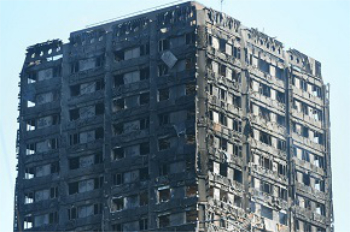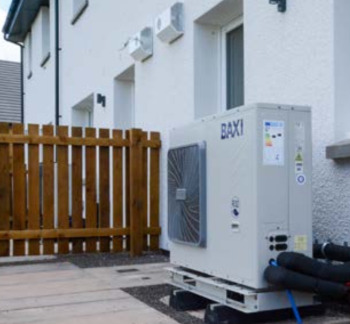Misrepresentation and insurance
When taking out an insurance policy, it might seem tempting to minimise the risk insured against with a view to reducing the premium. However, a recent High Court case concerning a catastrophic property fire showed why absolute frankness is required.
The case of Dalecroft Properties Limited v Underwriters [2017], concerned a five-storey mixed commercial and residential property that was so severely damaged by a fire that it had to be demolished.
Its owners claimed a seven-figure sum from their insurers, but the latter refused to pay on the basis that various features of the property had been misrepresented to them.
When applying for the insurance, the owners had described the property as in good repair. However, the Court noted evidence that, among other things, many of its windows were broken or falling out and that its roof leaked.
The owners’ assertions that the property did not have a flat roof and had not been subject to malicious acts of vandalism were also substantially incorrect.
In refusing to order the insurers to indemnify the owners for their loss, the Court noted that the latter had made no real effort to fairly represent the risk. Had they done so, the insurers would probably have declined cover.
In the circumstances, the insurers were entitled to avoid the policy and tender the return of the premium.
[edit] Related articles on Designing Buildings Wiki
- Caveat emptor in property sales.
- Directors and officers insurance.
- Employer's liability insurance.
- Excepted risk.
- Failure to mention asbestos.
- Failure to notify tenant.
- Insurance.
- Legal indemnity insurance.
- Material non-disclosure.
- Non-negligent liability insurance.
- Property disrepair and landlord liabilities.
- Specified perils.
Featured articles and news
Grenfell Tower Principal Contractor Award notice
Tower repair and maintenance contractor announced as demolition contractor.
Passivhaus social homes benefit from heat pump service
Sixteen new homes designed and built to achieve Passivhaus constructed in Dumfries & Galloway.
CABE Publishes Results of 2025 Building Control Survey
Concern over lack of understanding of how roles have changed since the introduction of the BSA 2022.
British Architectural Sculpture 1851-1951
A rich heritage of decorative and figurative sculpture. Book review.
A programme to tackle the lack of diversity.
Independent Building Control review panel
Five members of the newly established, Grenfell Tower Inquiry recommended, panel appointed.
Welsh Recharging Electrical Skills Charter progresses
ECA progressing on the ‘asks’ of the Recharging Electrical Skills Charter at the Senedd in Wales.
A brief history from 1890s to 2020s.
CIOB and CORBON combine forces
To elevate professional standards in Nigeria’s construction industry.
Amendment to the GB Energy Bill welcomed by ECA
Move prevents nationally-owned energy company from investing in solar panels produced by modern slavery.
Gregor Harvie argues that AI is state-sanctioned theft of IP.
Heat pumps, vehicle chargers and heating appliances must be sold with smart functionality.
Experimental AI housing target help for councils
Experimental AI could help councils meet housing targets by digitising records.
New-style degrees set for reformed ARB accreditation
Following the ARB Tomorrow's Architects competency outcomes for Architects.
BSRIA Occupant Wellbeing survey BOW
Occupant satisfaction and wellbeing tool inc. physical environment, indoor facilities, functionality and accessibility.
Preserving, waterproofing and decorating buildings.
























